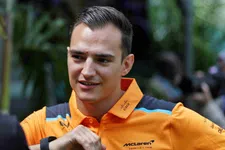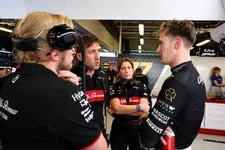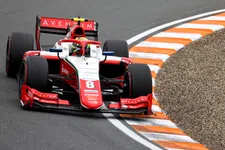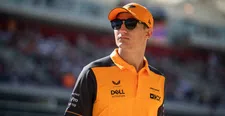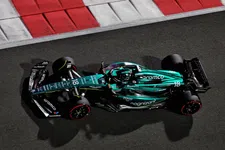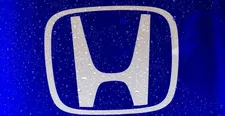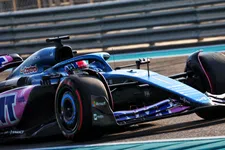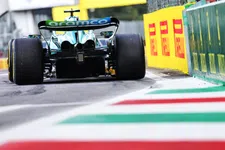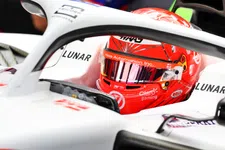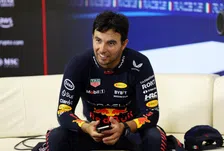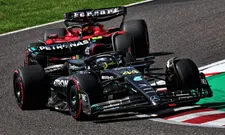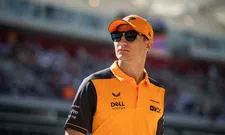classes
IndyCar
IndyCar Series
The IndyCar Series is sometimes called the American counterpart of Formula 1. Although both classes race with Formula cars, there are few other similarities. IndyCar originated from the CART IndyCar World Series in 1996. From that moment on, America had two Formula car championships of approximately the same level, CART and the IndyCar Series. Since the championship began, the Indianapolis 500 has been the main event of the year. The calendar of the Indy Racing League, as it was called through 2007, consisted mainly of oval circuits. CART, which would later be called Champ Car, only ran on street circuits and road courses.
After years of having two separate championships, the IRL and Champ Car merged in 2008. From that season on, the championship was renamed IndyCar Series. the calendar consisted of oval circuits, street circuits and road courses spread across the United States with a single trip to Canada, Brazil, Australia or Japan. Today there are only four ovals on the calendar and the street circuits and usual (Grand Prix) circuits are becoming increasingly popular.
IndyCar Series
The IndyCar Series is sometimes called the American counterpart of Formula 1. Although both classes race with Formula cars, there are few other similarities. IndyCar originated from the CART IndyCar World Series in 1996. From that moment on, America had two Formula car championships of approximately the same level, CART and the IndyCar Series. Since the championship began, the Indianapolis 500 has been the main event of the year. The calendar of the Indy Racing League, as it was called through 2007, consisted mainly of oval circuits. CART, which would later be called Champ Car, only ran on street circuits and road courses.
After years of having two separate championships, the IRL and Champ Car merged in 2008. From that season on, the championship was renamed IndyCar Series. the calendar consisted of oval circuits, street circuits and road courses spread across the United States with a single trip to Canada, Brazil, Australia or Japan. Today there are only four ovals on the calendar and the street circuits and usual (Grand Prix) circuits are becoming increasingly popular.

